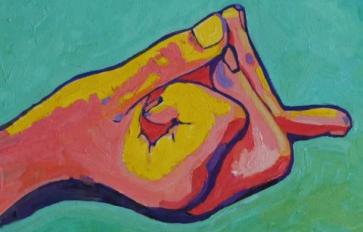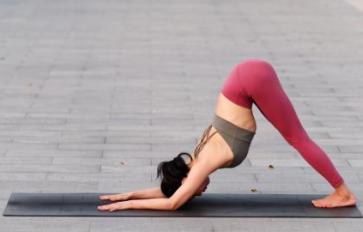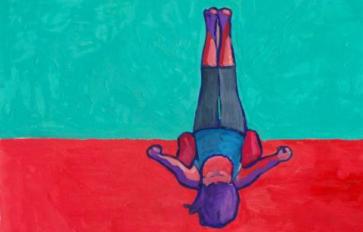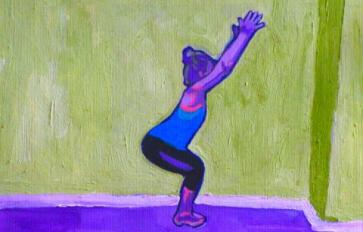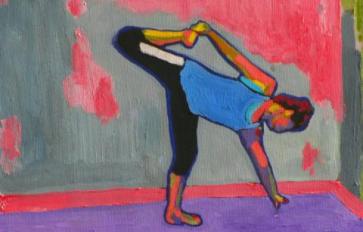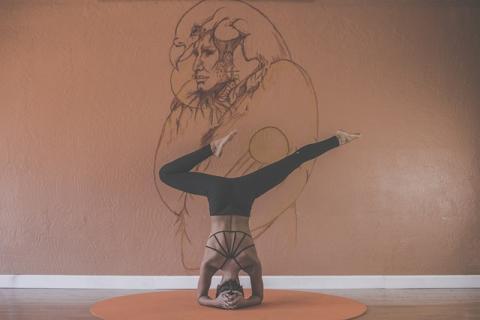
In yogic philosophy, the first two limbs of Patanjali’s eightfold path outline the yamas and the niyamas – together, a code of ethics for how to be in the world. As few things are in yogic thought, the appearance of the yamas and nimayas as the first and second of the eight limbs of Raja yoga is not haphazard. These two sets of five restraints and five observances form the foundation of the yogic path to samadhi, or divine union and enlightenment.
The yamas – those things not to do – and the niyamas – those things to do – serve as a map for how to conduct ourselves in life and in our interactions with other beings. I like to think of the yamas and niyamas as a pattern for a sewing project. If we follow the pattern, we will have the best opportunity to create something that brings us joy. If we stray from the pattern, we will likely create something, but it may not be what we aimed to create. So, based on yogic thought, if our goal is to reach a state of profound awareness and concentrated consciousness (ways of defining samadhi), honoring the yamas and niyamas will be our best bet to do so.
The five yamas, or behaviors requiring us to practice restraint in the world, are:
- Ahimsa: nonviolence, nonaggression
- Asteya: non-stealing
- Satya: truthfulness, non-lying
- Brahmacharya: non-excess, moderation (also interpreted as sexual responsibility and celibacy)
- Aparigraha: non-possessiveness, non-greed, non-covetousness
Complementing the five yamas are the five niyamas, or behaviors that we must cultivate within ourselves to share in the world:
- Saucha: purity, cleanliness (of mind, body, heart)
- Santosha: contentment
- Tapas: self-discipline, focus of mind
- Svadhyaya: self-study, introspection
- Ishvara pranidhana: surrender, devotion (to self and to higher power)
Above all, practicing this foundational moral code, grounded in the ethics of yogic philosophy, allows for these concepts to filter throughout one’s life on the yoga path. A yoga practice must begin in the yamas and niyamas so that it may extend to include the asanas (the physical poses) and the following limbs of yoga. The yamas and niyamas are the first bricks to lay evenly and with strong mortar and full intention for the onward journey. No [yoga] path can exist, therefore, without the first bricks in place.


